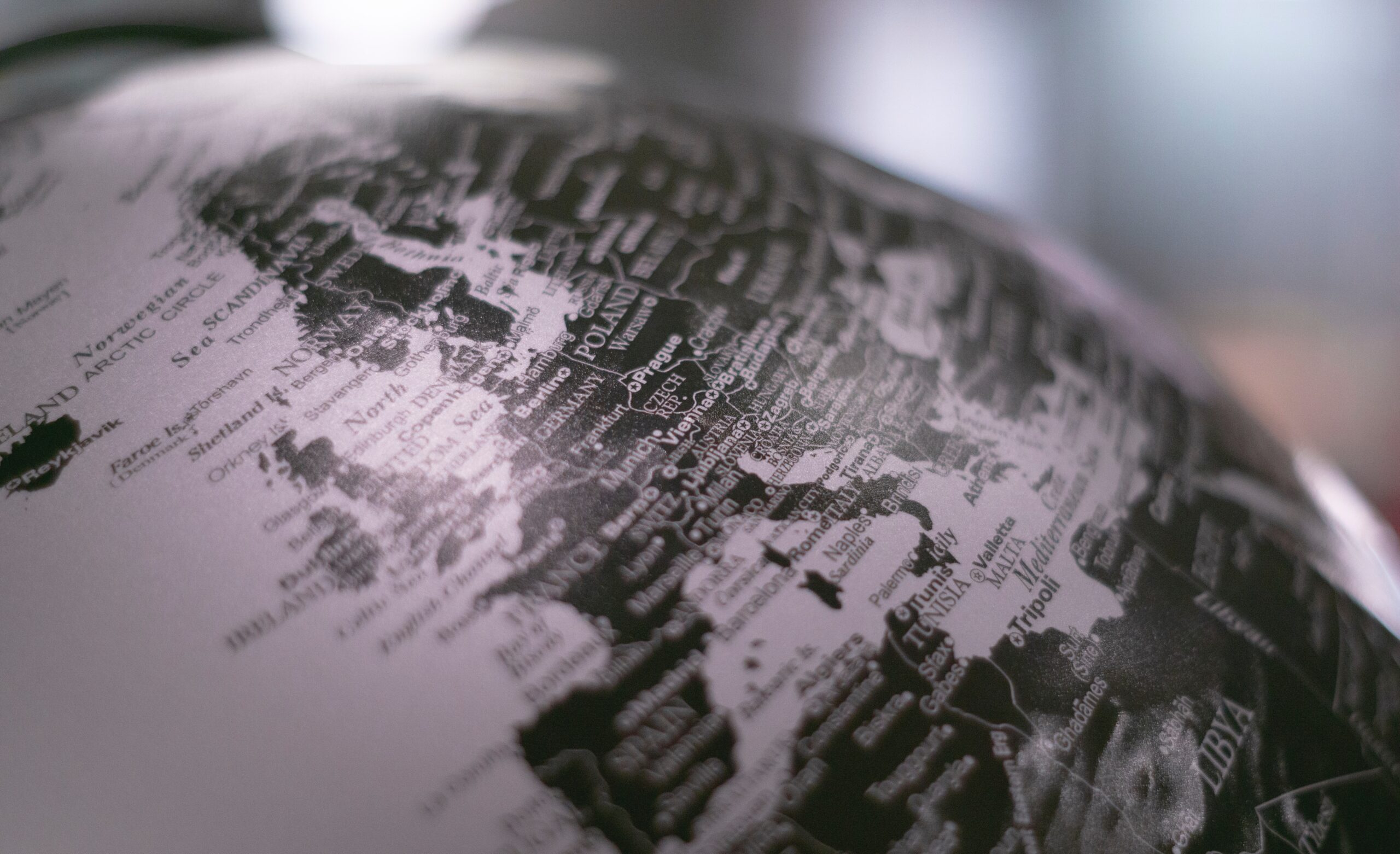Illicit Cannabis in Europe: €11.4bn Market, Potency Rise & Environmental Impact

- The European Monitoring Centre for Drugs and Drug Addiction (EMCDDA) released a comprehensive report on the EU’s illicit cannabis market, which is estimated to be worth €11.4bn and served 22.6m Europeans over the past year. The market size is said to be stable, but the report expressed concerns over the rise in THC potency, the emergence of semi-synthetic cannabinoids like HHC, and the environmental impact of illicit cannabis cultivation.
- Cannabis is the most commonly used illicit substance in Europe with around 22.6m users in the last year, significantly outnumbering cocaine use. Herbal cannabis represents over three quarters of the total market value, at least €8.8bn, while cannabis resin accounts for the other 23%, estimated to be around 362 tonnes. Spain accounted for around 51% of the total herbal cannabis seized in the EU in 2021, at around 130 tonnes. Spain also represented the majority of cannabis resin seizures, at 82%. Morocco is the main source of cannabis resin for the European market, while the Western Balkan region is an important location for the supply of herbal cannabis to the EU.
- The report highlighted an increase in product diversity and potency, with the THC content in cannabis having increased by 57% in herbal cannabis and nearly 200% in resin over the last decade. Cannabis has also become more affordable. There has been a rise in semi-synthetic cannabinoids, mostly made from CBD. The environmental impact of illicit cannabis cultivation is also a concern due to the high water and energy demands. For example, an indoor cultivation of 1kg of herbal cannabis requires around 6,000 kilowatt hours of electricity, equivalent to around 1,400 kg of carbon footprint. Outdoor cannabis cultivation has a significantly lower carbon footprint but requires substantial water usage.
The EU Illicit Cannabis Market: A Comprehensive Report
Last week, the European Monitoring Centre for Drugs and Drug Addiction (EMCDDA) released a detailed report on the EU’s illicit cannabis market. The report leverages the latest EMCDDA and Europol data, uncovering the massive €11.4bn illicit cannabis market that served approximately 22.6m Europeans this past year. The report discusses key issues such as the sudden increase in THC potency, the emergence of semi-synthetic cannabinoids such as HHC, and the unexpected environmental impact of Europe’s illegal cannabis cultivation industry. The report’s launch webinar can be viewed here.
Spain, Morocco and the Western Balkans Cannabis Seizures
Cannabis, with an estimated 22.6m users in the last year, is the most popular illicit substance in Europe, outstripping cocaine six-fold. The total market value is dominated by herbal cannabis or cannabis flower (77% or at least €8.8bn), with cannabis resin accounting for the remaining 23% (approximately 362 tonnes). In 2021, record amounts of herbal cannabis were seized in the EU, Norway and Turkey, totaling 288 tonnes. Key sources of the cannabis seizures were Spain (130 tonnes, 51% of the total), Italy (47 tonnes) and France (nearly 40 tonnes). Spain also accounted for 82% of the record 850 tonnes of cannabis resin seized in 2021 in the EU, Norway and Turkey. Credit: EMCDDA
EMCDDA scientific analyst Robert Patrancus states that Spain is the main entry point for cannabis resin from Morocco. And while Morocco remains the primary source of resin, the country is also a source for herbal cannabis, suggesting a diversification of the product. Majority of the herbal cannabis is grown within the EU, but the Western Balkan region continues to be a significant source, with Albania’s crackdown leading to fewer seizures since 2018. After North Macedonia legalized cannabis production for medical use in 2016, large quantities of legally-grown product are being diverted to the illicit market, a trend mirrored in Albania.
Semi-synthetic cannabinoids Emergence
The EMCDDA report highlights an increasing variety of cannabis products available to consumers, including vapes, edibles, oils, and extracts. Not only has product diversity increased, but THC content in cannabis has risen by 57% in herbal cannabis over the past decade, and nearly 200% in resin due to advancements in genetics and extraction techniques. Market diversification also led to the rise of semi-synthetic cannabinoids, mostly made from CBD. Substances such as HHC, Delta 8 and Delta 10 THC occur naturally in small quantities in the cannabis plant, but producers are now regularly converting non-psychoactive CBD into these psychoactive substances in labs.
Environmental Impact of Illicit Cannabis Production
Illicit cannabis cultivation in the EU is believed to have a significant environmental impact due to the high water and energy demands. Indoor cultivation of 1 kg of herbal cannabis requires around 6,000 kilowatt hours of electricity, equivalent to around 1,400 kg of carbon footprint. Additionally, one outdoor-grown cannabis plant requires around 19-21 liters of water every day throughout an average growing cycle of about 150 days. The carbon footprint of indoor cannabis cultivation is estimated to be 60 to 100 times larger than outdoor cultivation.
—
Read More Cannabis News



Leave a Comment